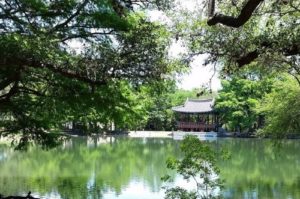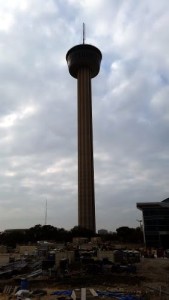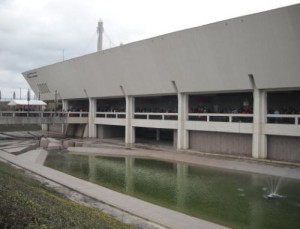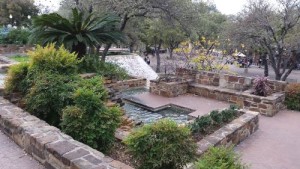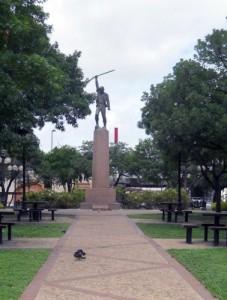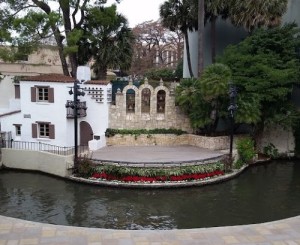I figure that since my last South Texas Destination, Denman Estate Park, was the home of a major donor to the San Antonio Museum of Art, I maybe should write up the museum next.
At first, I thought that I should make another trip to the museum, but I’ve been there dozens, or maybe even scores, of times over the last 23 years that I’ve lived in San Antonio, so I don’t actually need to go there again before I can write knowledgeably about it.
Then I went looking for my pictures from my last trip to the museum and couldn’t find them.
I know that my last trip to the museum was after my dad moved down here in 2009. In fact, Alex, my dad, and I went to lunch at La Gloria at the Pearl Brewery and then hiked down the Riverwalk to the museum, and the oldest Yelp review I can find for La Gloria is from 2010, so we can probably make that the earliest start date. I think we must have gotten there after 4 p.m. on a Tuesday, because the museum has traditionally had free admission then and I don’t recall paying admission, though that’s actually immaterial.
The trip must have been before June of 2014, however, because that’s when I got my Galaxy S5 phone. I originally thought to look at my Google Maps timeline to see if that trip is on there and found that neither the Pearl Brewery nor the museum is on my timeline.
I have opened and looked into every folder in my photos directory between those dates and had no luck. I’ll keep digging just in case, but I think they’re gone. It’s a pity, too, because there were some pictures that I was really proud of in there.
So it looks like I’ll have to go back to the museum after all. I might be able to return to the Pearl and to the museum on Saturday, May 21, but the museum might be pretty crowded then and I might not be able to get any really good pictures without multiple strangers hanging around in them. Also, Alex and I are both recovering from a pretty nasty respiratory virus. I feel a lot better, but I’m several days ahead of him and he got hit harder than I did.
Alex spends Memorial Day weekend (for those not in the United States, that’s the weekend before the final Monday of May) and nearly all of June with his dad, so this Saturday is going to be our last Saturday together until June 25. We have plans with my dad on Sunday, so that’s out.
So, it looks like if we can’t go on May 21, I won’t be writing about the museum until at least June 25 and at that point I might as well wait until Alex gets back from his dad’s and then go before noon on a Sunday or after 4 on a Tuesday when we can get in for free.
So I guess I’ll start working on a different South Texas Destination just in case. Maybe I’ll do the Botanical Gardens. I can find lots and lots of pictures from there (we’re members and get in for free). . . .

